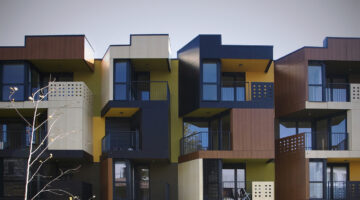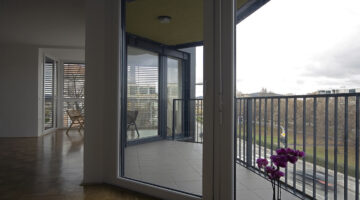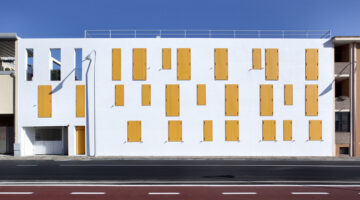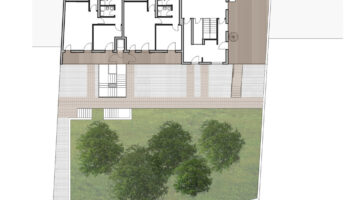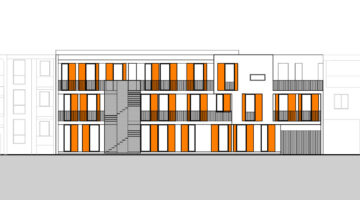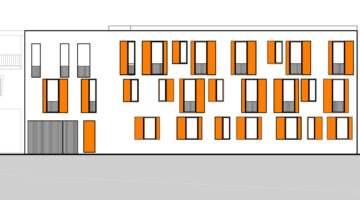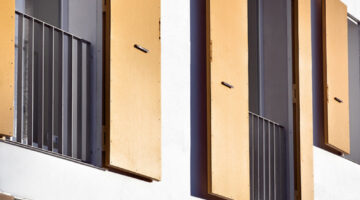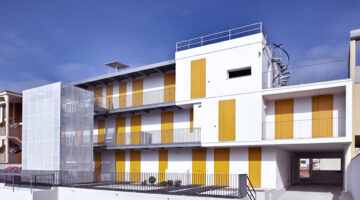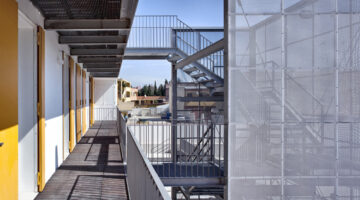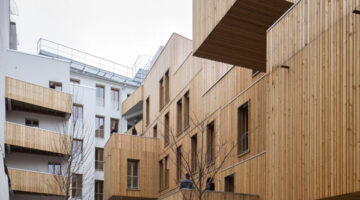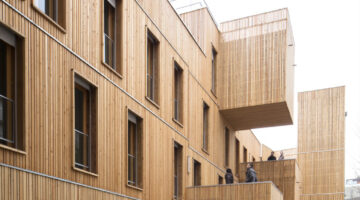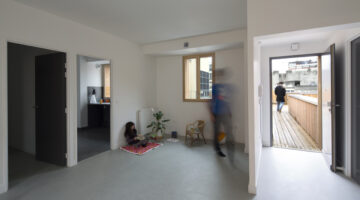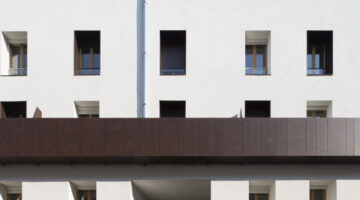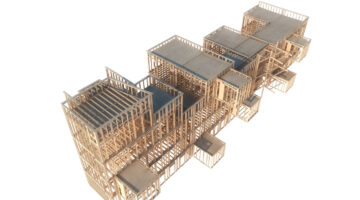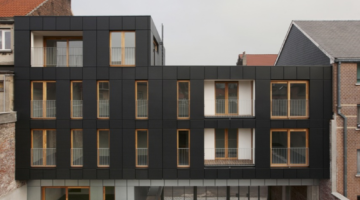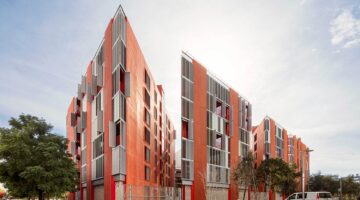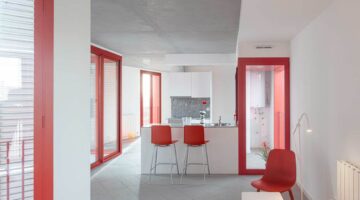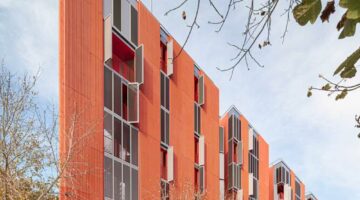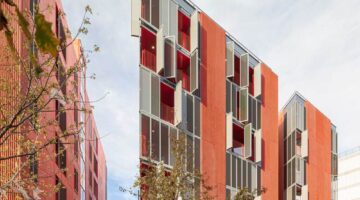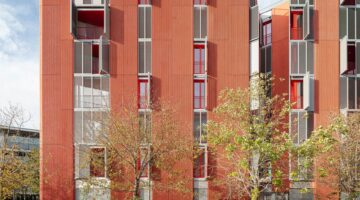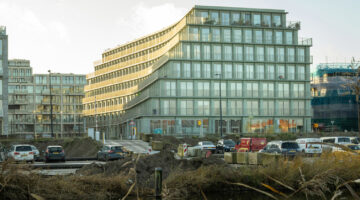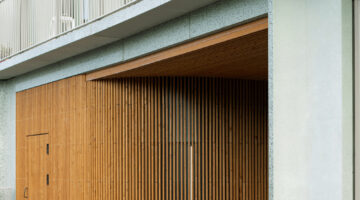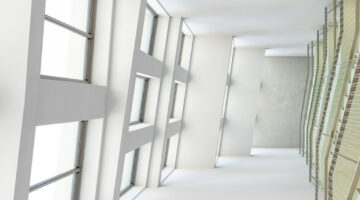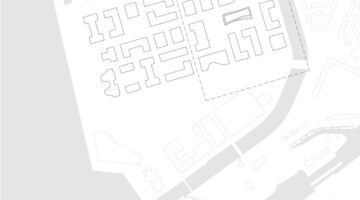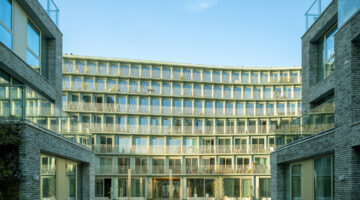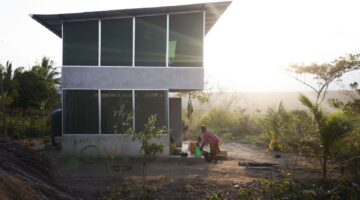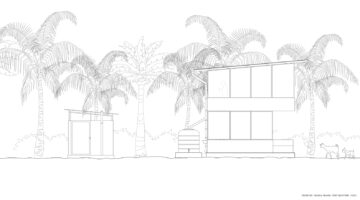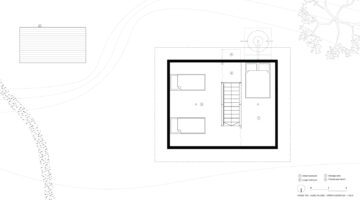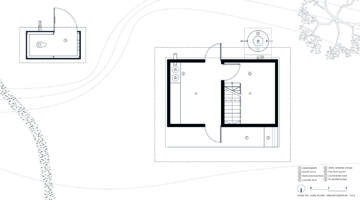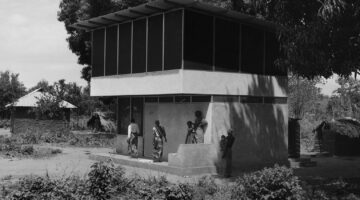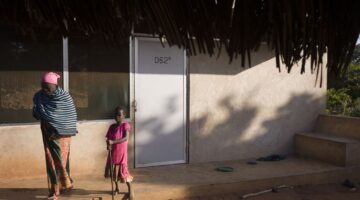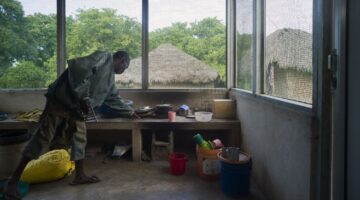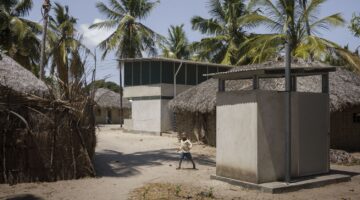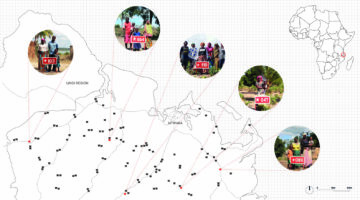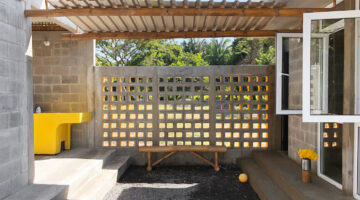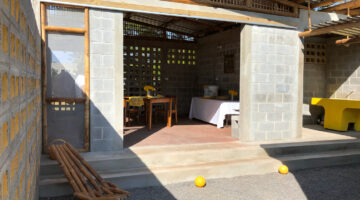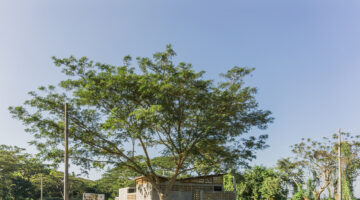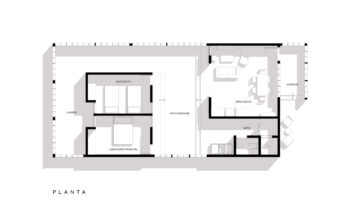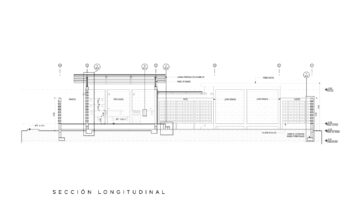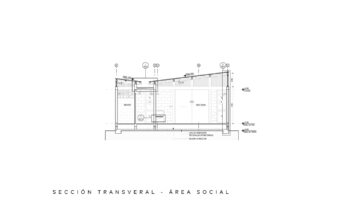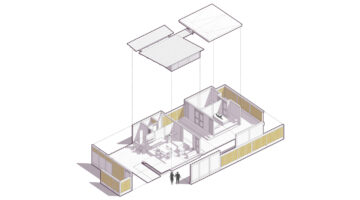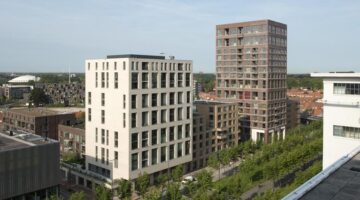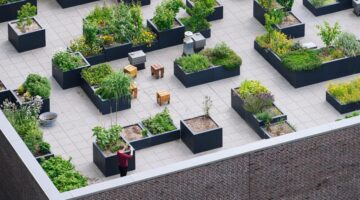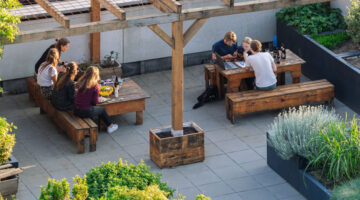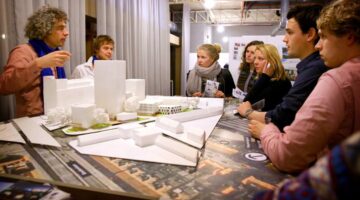



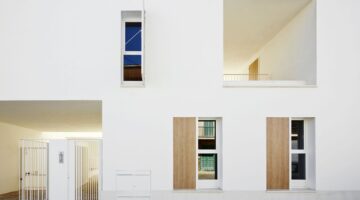


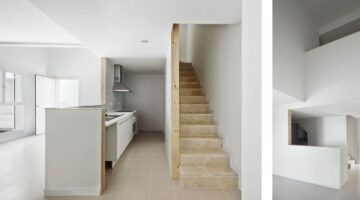
Sa Pobla Social Housing, Mallorca, Spain
Main objectives of the project
Sa Pobla, a small agricultural town in northern Mallorca, faces a severe shortage of affordable housing due to the island's tourism-driven speculation. In response, IBAVI commissioned Ripoll Tizón Estudio de Arquitectura to develop a social housing project that draws from local climate, character, and lifestyle. The design respects street alignment, uses modular aggregation for varied spatial configurations, and centers around an interior courtyard that enhances community interaction. This project integrates seamlessly with traditional building scales and the landscape, addressing housing needs while maintaining quality and standardization.
Date
- 2013: Construction
Stakeholders
- Promotor: IBAVI
- Architect: Ripoll Tizón Estudio de Arquitectura
Location
Country/Region: Spain
Description
Sa Pobla is a small town in northern Mallorca, Spain, with a population of nearly 13,000. The municipality encompasses a fertile plain dedicated to irrigated agriculture and the albufera, a scenic and ecologically valuable area where two streams converge. Agriculture has long been the primary industry. However, Mallorca faces a significant shortage of affordable housing due to the speculative nature of its tourism industry. This shortage extends to towns like Sa Pobla that are not tourist hotspots. Consequently, residents who earn low wages from agriculture are burdened by high housing costs driven by the island's speculative pressures. In response, IBAVI, the public promoter of social housing on the island, commissioned a housing project in Sa Pobla. The competition was won by the local firm Ripoll Tizón Estudio de Arquitectura.
The social housing proposal in Sa Pobla draws from local elements such as climate, local character, and lifestyle, taking inspiration from features observed throughout the town: courtyards, filters, light, plots, the small scale of buildings, and the unique character and arrangement of each dwelling.
The project aims to emphasize the nuances and intimate scale of domestic life. It respects street alignment and acknowledges the depth of the site. The complex extends between the site’s boundaries, interacting with the party walls that define it, sometimes removing them and sometimes highlighting them, all while enveloping an interior courtyard that organizes circulation and public spaces.
Housing units are based on a single or double-height living/dining/kitchen module, to which smaller modules for bedrooms, bathrooms, and storage are added. This modular aggregation allows for various spatial configurations with the same program elements or different surfaces depending on the number of modules. This approach enables each unit to be part of a cohesive whole, offering a varied landscape rich in nuances and well-adapted to its physical conditions, without sacrificing the quality, rigor, and standardization necessary for social housing development.
The project is notable for how it adapts to the scale of traditional buildings, integrates into the landscape, and arranges the units around a courtyard that serves as a communal square.


